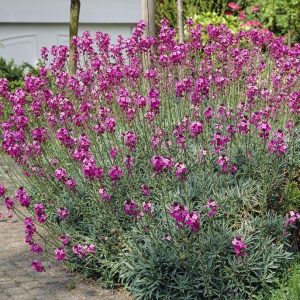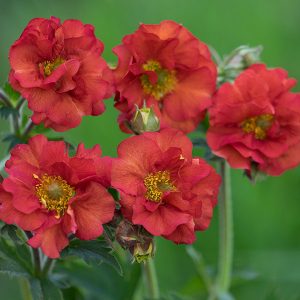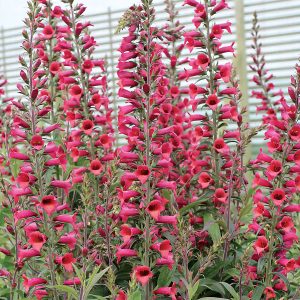Botanical name
Papaver orientale (Oriental Group) ‘Beauty of Livermere’
Other names
Poppy ‘Beauty of Livermere’, Oriental poppy ‘Beauty of Livermere’, Papaver orientale (Goliath Group) ‘Beauty of Livermere’
Genus
Papaver
Variety or Cultivar
‘Beauty of Livermere’ _ ‘Beauty of Livermere’ is a clump-forming, deciduous perennial with lance-shaped, deeply toothed, bristly, grey-green leaves and, in late spring and early summer, large, single, deep scarlet flowers marked with a black blotch at the base of each petal.
Native to
Garden origin
Foliage
Deciduous
Habit
Clump-forming
Awards
RHS AGM (Award of Garden Merit)
COLOUR
Flower
Bright-red in Spring; Bright-red in Summer
Foliage
Bright-green in Spring; Bright-green in Summer
HOW TO CARE
Watch out for
Specific pests
Aphids
Specific diseases
Downy mildew , Verticillium wilt
General care
Pruning
Remove any yellowing leaves after flowering to encourage a second flush of growth in early autumn. Remove dead leaves in spring.
Propagation
Plants grown from seed may not come true to type.
Propagation methods
Division, Root cuttings, Seed
WHERE TO GROW
Papaver orientale (Oriental Group) ‘Beauty of Livermere’ (Oriental poppy ‘Beauty of Livermere’) will reach a height of 1m and a spread of 1m after 2-5 years.
Suggested uses
Bees (attract & feed bees), Cottage/Informal, Garden edging, Gravel, Rock, Wildflower
Cultivation
Grows in a wide range of well-drained soils in sun. Add well-rotted organic matter to clay soil prior to planting. Feed sparingly – too much fertiliser will encourage leaf growth at the expense of flowers. May require staking.
Soil type
Chalky, Clay, Loamy, Sandy (will tolerate most soil types)
Soil drainage
Moist but well-drained, Well-drained
Soil pH
Acid, Alkaline, Neutral
Light
Full Sun
Aspect
South, West
Exposure
Sheltered









